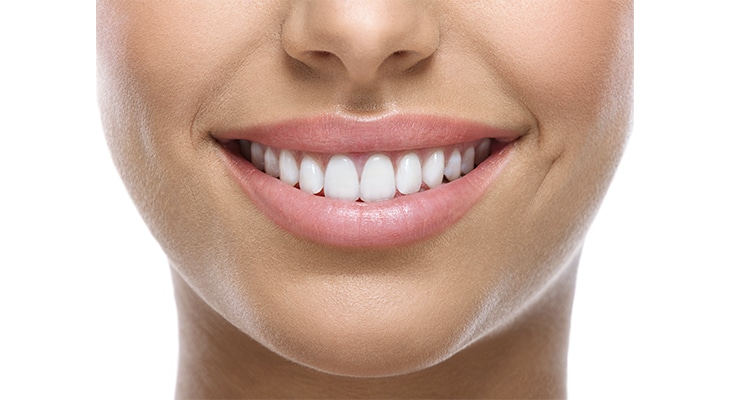Surgical Approaches to Gingival Recession
Root coverage surgery is usually used in lieu of restorative cervical bonding of teeth with noncarious cervical lesions and shallow cervical caries. When a tooth needs root coverage and restorative treatment, restorative procedures should be performed first (if possible) to eliminate caries and stabilize the tooth. In cases involving partial or full veneers in the esthetic zone, preliminary restorative work can begin prior to, or 6 weeks following, root coverage therapy. Final margin placement and impression should not occur, however, until the soft tissue margin has completely stabilized—typically, after 6 months of healing. In cases involving high esthetic demand, it may be prudent to wait as long as 12 months prior to final restorations to allow complete remodeling of the soft tissue.

Free gingival grafts are indicated for narrow, isolated recession defects in nonesthetic areas.
 kitthanes / iStock / Getty Images Plus
kitthanes / iStock / Getty Images Plus
Laterally positioned flaps are contraindicated for narrow, isolated recession defects on mandibular teeth.
 gilaxia / iStock / Getty Images Plus
gilaxia / iStock / Getty Images Plus
Coronally advanced flaps are most appropriate for treating patients with shallow recession (≤ 4 mm), thick existing tissue biotype (≥ 1 mm), and a broad zone of existing keratinized tissue (≥ 3 mm).
 Eva-Katalin / E+
Eva-Katalin / E+
Subepithelial connective tissue grafts—when used with a bilaminar technique—are rarely used for root coverage due to poor predictability, percentage of coverage, and long-term stability.
 Povozniuk / iStock / Getty Images Plus
Povozniuk / iStock / Getty Images Plus
Acellular dermal matrix is an allograft obtained from human dermis harvested and processed to remove all cells (while preserving the intact extracellular matrix).
 Ridofranz / iStock / Getty Images Plus
Ridofranz / iStock / Getty Images Plus
Enamel matrix derivative is a biologic (derived from natural sources and composed of sugars, proteins, nucleic acids, or actual living substances, such as cells and tissues) obtained from human deciduous teeth.
 xavigm / iStock / Getty Images Plus
xavigm / iStock / Getty Images Plus
Guided tissue regeneration uses bioabsorbable or nonresorbable membranes—in combination with bone substitutes, biologics, and coronally advanced flaps—can be used in an attempt to regenerate the lost periodontium.
 PeopleImages / E+
PeopleImages / E+
VISTA is an acronym for vestibular incision subperiosteal tunnel access, and is a technique utilizing a vertical incision in the vestibule, away from the recession area, to provide access for full-thickness soft tissue elevation and insertion of graft materials, acellular dermal matrix, or a connective tissue graft.
 LuckyBusiness / iStock / Getty Images Plus
LuckyBusiness / iStock / Getty Images Plus
Pinhole surgical technique uses a remote puncture in the vestibule away from the recession area to obtain access for full-thickness soft tissue elevation, and insertion of resorbable collagen graft materials.
 Deagreez / iStock / Getty Images Plus
Deagreez / iStock / Getty Images Plus
Which of the following factors should be considered before performing root coverage procedures?
 bernardbodo / iStock / Getty Images Plus
bernardbodo / iStock / Getty Images Plus

